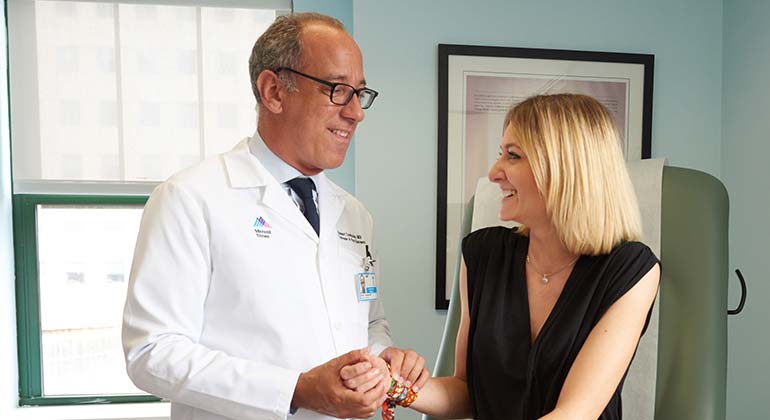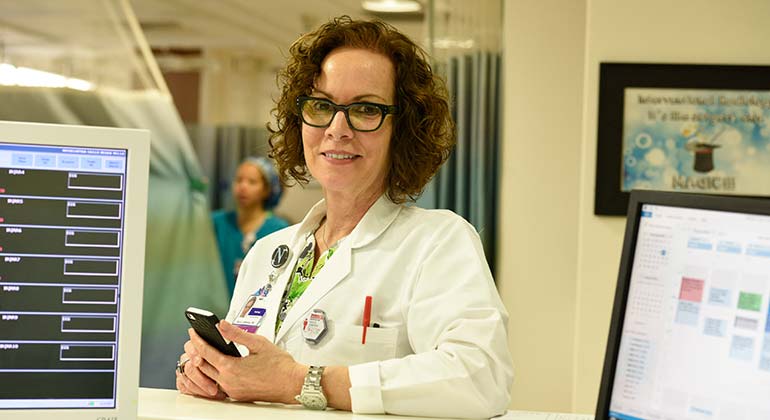Uterine Fibroid Embolization




Uterine Fibroid Embolization, also called uterine artery embolization, is a minimally invasive procedure that requires a small puncture to the skin. It is safer and easier than a traditional surgery procedure, with a shorter recovery time and fewer complications. Mount Sinai Interventional Radiology uses uterine fibroid embolization to treat both uterine fibroids and adenomyosis.
Uterine Fibroids
A uterine fibroid causes discomfort. You may have heavy periods, cramping, and an ongoing need to urinate. Mount Sinai is one of the few health systems with a Fibroid Care Center.
If we treat your uterine fibroid with embolization, you should be able to go home the day of the procedure. Most women feel better after the procedure. At a six-month checkup, most fibroids are half the size that they were before the procedure. And 95 percent of women have a dramatic improvement in symptoms.
Adenomyosis
Adenomyosis is a condition that occurs when the inner lining of the uterus grows into the muscular wall of the uterus. This occurrence can cause cramps, abdominal pressure and bloating, heavy menstrual periods, and pain. Adenomyosis is often mistaken for uterine fibroids because of the similar symptoms. Adenomyosis typically goes away after menopause. We generally treat adenomyosis with embolization, but we can also use anti-inflammatory drugs, hormone medications, and hysterectomy.
Why Mount Sinai
Our staff has more than 40 years of combined experience with embolization. In addition to treatment, we are involved with public health. Our staff gives numerous community health talks about uterine fibroids, adenomyosis, and treatment options.
We are happy to talk with you about your symptoms and treatment options. We work closely with the Women’s Health program and the Obstetrics, Gynecology and Reproductive Science Department at the Mount Sinai Health System. We will develop a personalized treatment plan to get you back on your feet.